Athletes constantly have to embrace change to stay relevant. Sometimes, it takes the form of a minor tweak to their technique. At other times, it requires the athlete to completely reinvent themselves, to keep on playing. The world of sports is no different. The year 2017 too saw some sports introduce changes — some minor tweaks while others radical innovations — in order to make themselves fairer or to woo younger audiences. Here’s a look at the notable changes we saw in various sports in the year gone by: Shooting’s mixed team events [caption id=“attachment_4281977” align=“alignnone” width=“825”] India’s Jitu Rai and Heena Sidhu compete in the 10m air pistol mixed team final during the ISSF World Cup Final. Image courtesy: ISSF/Nicolo Zangirolami[/caption] Earlier this year, the world governing body for shooting, International Shooting Sport Federation (ISSF),
agreed to introduce three mixed team events , in order to comply with the International Olympic Association’s Agenda 2020, which mandates that all Olympic disciplines promote gender equality by the Tokyo Games. The new regulation meant double trap, men’s rifle prone and 50m pistol events would be dropped. The changes obviously caused some heartburn in India since the country’s shooters are considered good in the three events that have been dropped. Some of the concerns, however, subsided with
Jitu Rai and Heena Sidhu partnering to win a gold medal at the 10m Air Pistol Mixed Team competition at the ISSF World Cup Final in New Delhi — a sign that bodes well for the nation’s medal prospects in Japan’s capital in three years’ time. After winning gold, Jitu unsurprisingly told reporters that he had taken a liking to the version. “We like this format, it’s a bit longer than the other ones we tried, but we like definitely like it,” Rai had said. Cricket’s bid for equality between bat and ball Earlier in September,
ICC introduced a host of rule changes . The most notable of those were the ones dealing with restrictions on bat thickness, tweaks to the Decision Review System (DRS) and the power for umpires to send violent players off the field. Cricket is, as has been pointed out by countless bowlers, predominantly a game which leans heavily in favour of batsmen. This have become even more pronounced in the T20 era, where batsmen have been given the licence to go for the kill. In view of this, ICC’s regulation to restrict the thickness of the bat — players cannot use bats with edges thicker than 40mm while the depth can be only upto 67mm — ensures there is some sort of balance between bat and ball. The rules came into effect from the South Africa-Bangladesh and Pakistan-Sri Lanka Test series, with India embracing it during the limited-overs fixtures against New Zealand at home in the months of October and November. Hockey’s experiment with mixed teams [caption id=“attachment_4217943” align=“alignnone” width=“825”]
Players vie for the ball during the mixed team matches. Image courtesy: Facebook/Hockey India[/caption] Just like shooting, hockey too
dabbled with the concept of mixed team events earlier in November . The concept seemed radical. For, unlike shooting, the sport requires some amount of contact between players. However, the second Hockey India Five-a-side Senior National Championship 2017’s mixed team event, held only as an exhibition event, went off without a glitch with players like women’s national team captain Rani Rampal giving the concept a thumbs-up. The variation required each participating side to have at least nine members in their squads, with four required to be women. Tournament regulations stated that at least two female and two male players from each side to be on the pitch at all times during the three 10-minute periods which constituted a match. Since male players are perceived to be stronger and faster, the mixed team event had rules to reduce the advantage: only pushes, flicks or scoops were allowed. A hard hit or slapping the ball would result in a foul, thereby nullifying the force men could put into their shots. But the format also made sure the pace of the matches was relentless, thanks to the synthetic surface being used, along with the use of boards to keep the ball in play at all times. The IOC and the International Hockey Federation (FIH) kept a keen eye on the event, with FIH president Narinder Batra and Hockey India CEO Elena Norman in attendance at Pune’s Balewadi Stadium. Batra said he was happy with the experimental tournament, but said that it was too early to talk about the competition being tried at Olympics. He said the variation could be tried at the Youth Olympics in the near future. Football leagues embrace VAR technology After years and years of controversies regarding disallowed goals, some top European leagues finally accepted the help of technology to reduce contentious decisions when they accepted the use of Video Assistant Referee (VAR). While the Premier League is unlikely to use the VAR technology before the 2018-19 season and La Liga will employ it next season, Serie A and Bundesliga embraced the technology at the start of the 2017-18 season.
With the system in place, when an incident occurs the referee can inform the VARs or vice versa which leads to the video footage of the incident being examined by the VARs. They then advise the referee via headset what the video shows. The referee can either accept the information from the VARs or review the video footage on the side of the field of play before making the appropriate decision. The usage of the technology hasn’t been controversy free, with
German Video Assistant Referee chief Hellmut Krug getting sacked over match-fixing allegations in November. FIFA are yet to decide whether VAR will be used at the 2018 World Cup in Russia. Tennis experiments with change [caption id=“attachment_4078441” align=“alignnone” width=“825”]
Team Europe’s Roger Federer, left, and Rafael Nadal, right, celebrate after defeating Team World’s Jack Sock and Sam Querrey. AP[/caption]
Tennis fans were in for a treat earlier this year when the inaugural Laver Cup was played in September,
with legends of the sport — Rafael Nadal and Roger Federer — partnering for the first time. The Laver Cup was tennis’ equivalent of golf’s Ryder Cup — a tournament where top players from all over the world feature in a rare team event, with Team Europe taking on Team World. An interesting aspect of the Laver Cup was the scoring — there were six players on each team and they played 12 matches over three days (nine singles and three doubles). The number of points awarded for victories increased each day — a win on Friday received one point, but a Saturday win was worth two points and a Sunday win worth three. All matches were played as best-of-three, with a 10-point tiebreaker deciding the third set. Laver Cup made its debut in Prague on black tennis courts, with Team Europe winning the first title. While Federer and Nadal playing on the same side of the net was the standout attraction for tennis fans all over the world, the camaraderie that the top players shared as a team could become this tournament’s legacy. The year also saw the
Next Gen ATP Finals being played , which alongside the Laver Cup gave a glimpse of
new innovations that tennis could adopt in the near future . The Next Gen Finals in Milan were introduced by the ATP as a platform for rising stars of the game. Featuring eight players aged under 21, the tournament experimented with a host of rule changes in a bid to widen the sport’s appeal. Matches followed the best-of-five format, but each set was up to four games with a tie-break at 3-3. Other changes included sudden-death deuce points, on-court shot clocks to enforce the 25-second service rule, no ‘lets’ on serve and electronic line calls. Interestingly, players were also allowed to communicate with their coaches at the end of each set via headsets, while fans could move freely around the stadium during play rather than having to wait until change of ends to enter the stands. Some of these innovations came across as gimmicky and too disruptive, but some of the new rules could soon find their way on to the tour. Australian Open qualifying will make use of the 25-second shot-clock in 2018, as tennis attempts to cater to the increasingly reduced attention span of the next generation of fans.
The year 2017 too saw some sports introduce changes — some minor tweaks while others radical innovations — in order to make themselves fairer or to woo younger audiences. Here’s a look at the notable changes we saw in various sports in the year gone by:
Advertisement
End of Article


)
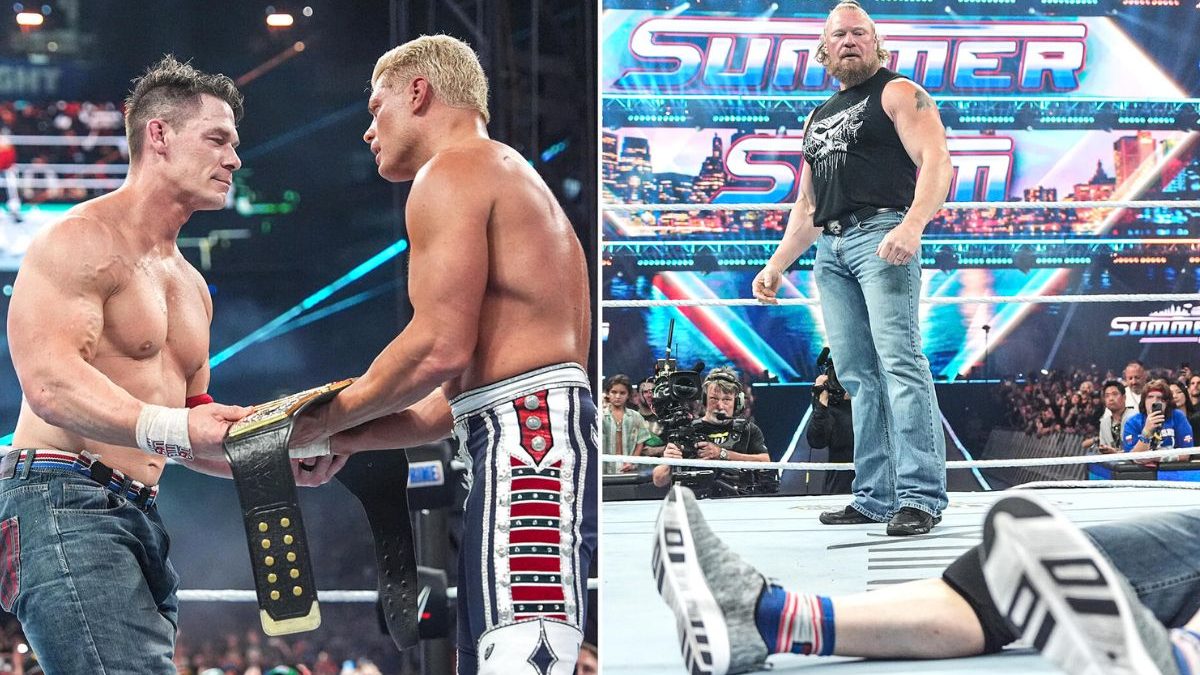
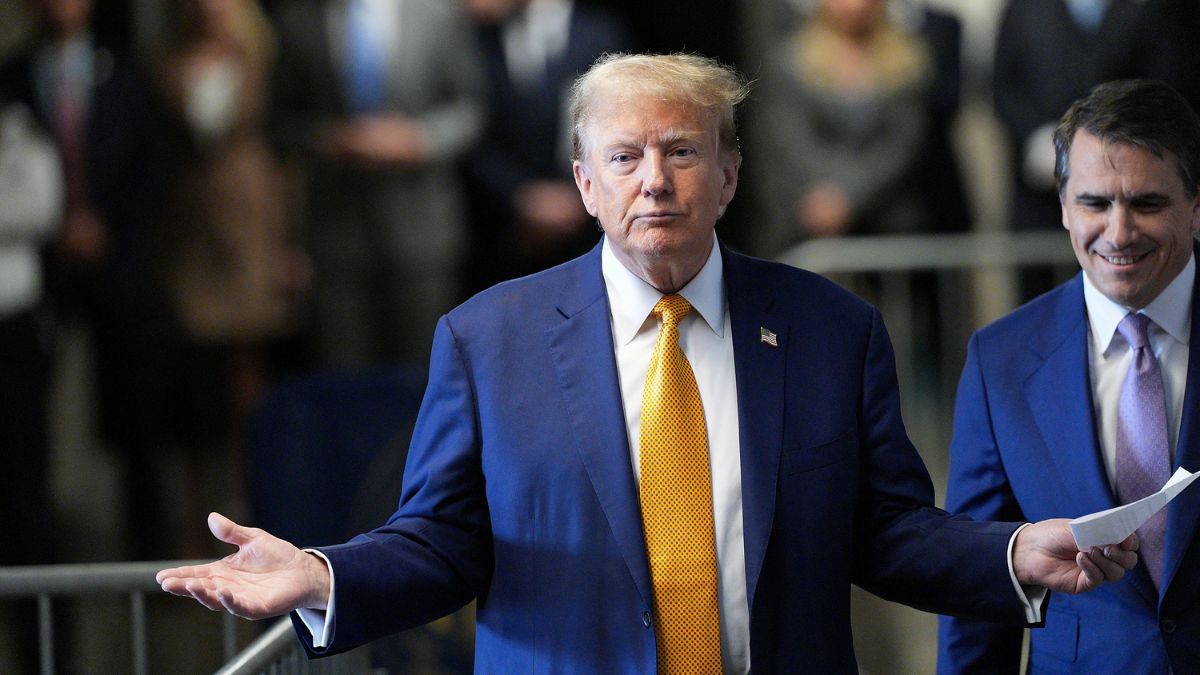)
)
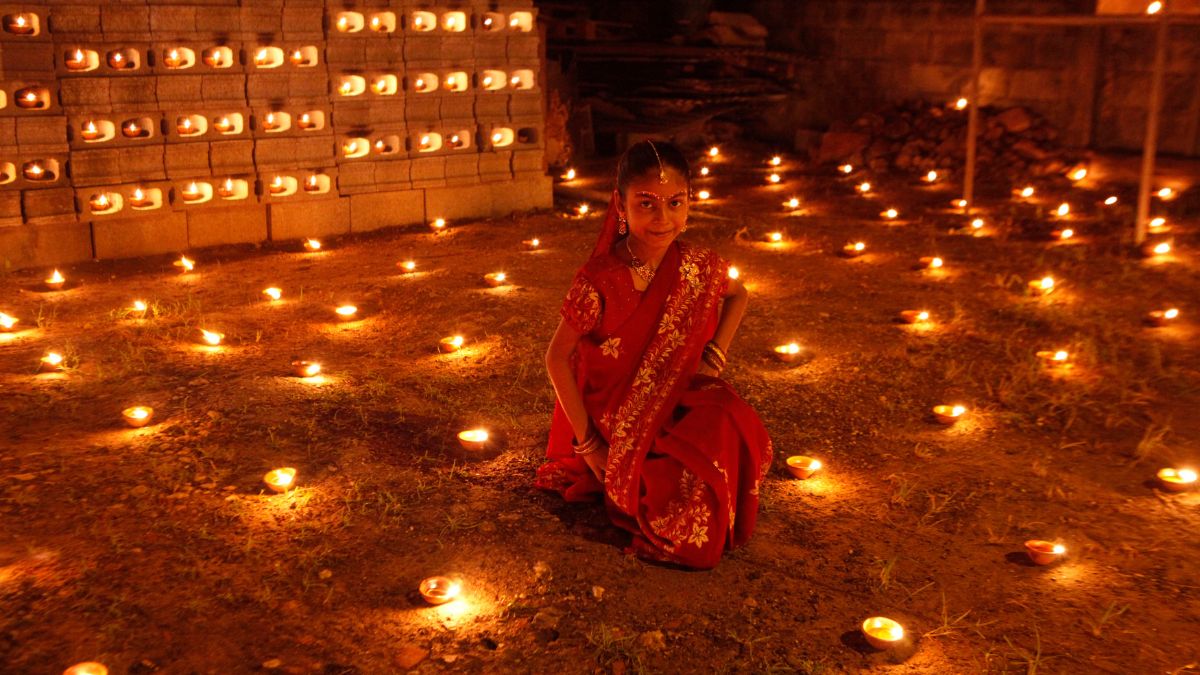)
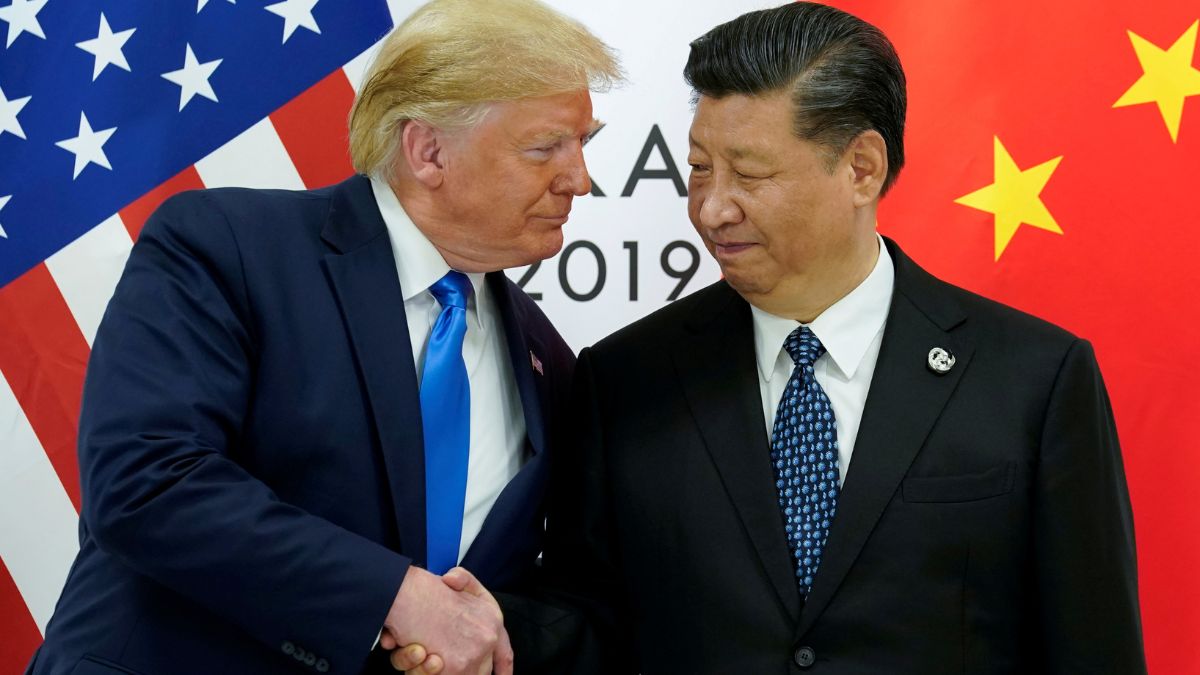)
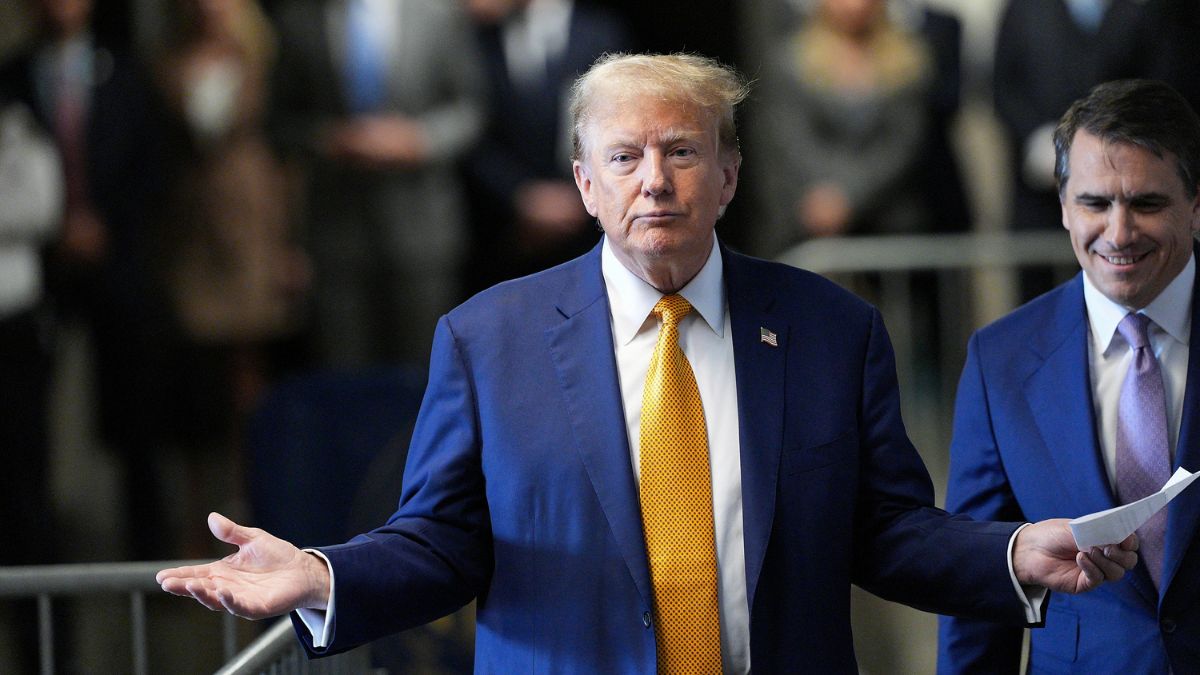)
)
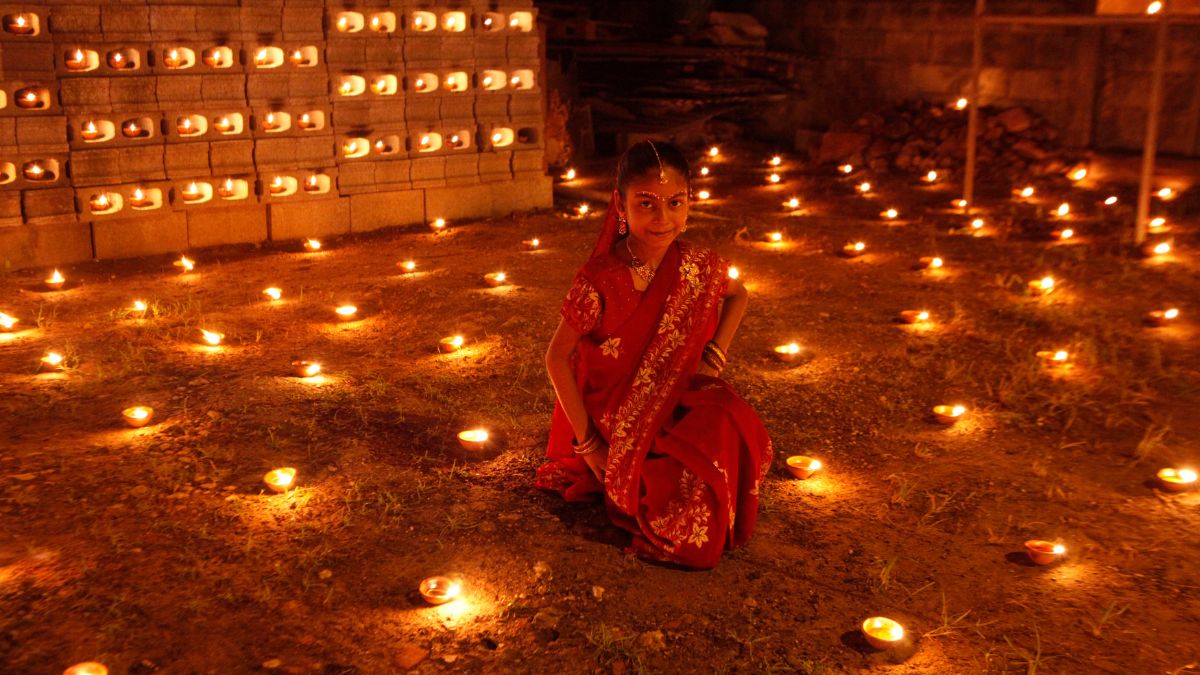)
)



